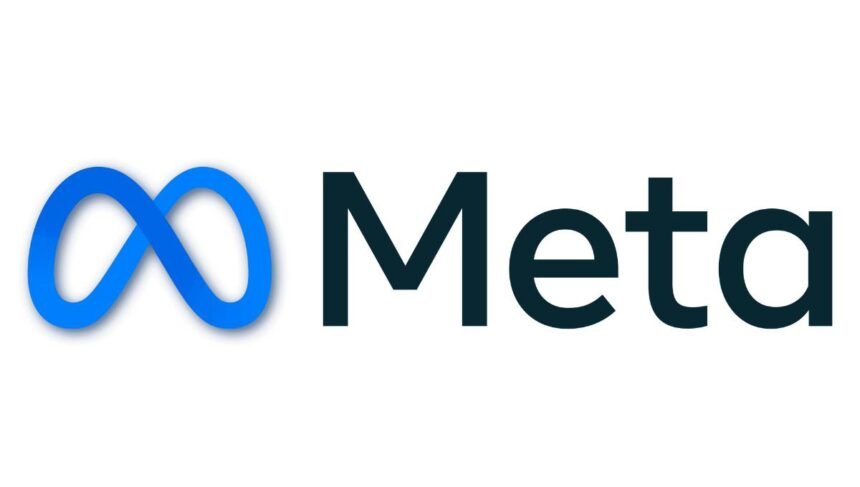The social media giant Meta Platforms is looking to blockchain technology and digital payments as major growth drivers in 2024 and beyond.
After shutting down its Diem cryptocurrency project in 2022, Meta is exploring new ways to utilize blockchain-based digital assets for payments and financial services. This pivot comes as Meta struggles with declining ad revenue and stiff competition from TikTok.
With over 3.7 billion users across its family of apps like Facebook, Instagram and WhatsApp, Meta is uniquely positioned to bring digital payments and blockchain tech to the masses. Here are three key ways Meta could leverage these technologies for growth in 2024 and turn around its fortunes:
Allow Payments in Crypto and Stablecoins
One option is allowing users to send crypto or stablecoin payments to each other across Meta’s messaging platforms. This would open a new revenue stream and provide utility for crypto holders.
While Diem failed to take off due to regulatory hurdles, Meta could strategically choose to support established stablecoins like USDC initially. Stablecoins are pegged to fiat currencies, reducing volatility concerns.
Interoperability with existing crypto wallets can drive adoption. Meta already allows users to showcase their NFTs on Instagram. Extending this to payments via crypto, especially for creators monetizing content, makes strategic sense.
Launch a Native Payments Token
Creating a native payments token on Meta’s blockchain could be a game changer. This utility token can be used for payments, rewards, governance and more across Meta’s family of apps.
Unlike speculative crypto assets like Bitcoin, Meta’s token would be focused on payments, taking on the likes of PayPal’s Venmo. Leveraging Meta’s massive user base gives this token an instant payments network unmatched by any crypto.
Regulatory scrutiny remains a challenge. But Meta has the resources and lobbying power to strategically navigate regulations. A phased rollout focused on select markets can help derisk this play.
Offer DeFi and Metaverse Services
Beyond payments, Meta could leverage blockchain technology to provide decentralized finance (DeFi) services to users in developing nations struggling with access to banking.
Lending, savings and crypto onramps can be offered in a decentralized manner using smart contracts. This aligns with Meta’s goal of financial inclusion.
Additionally, integrations with metaverse platforms can unlock new revenue streams via NFT trades, virtual real estate and in-app purchases. As a metaverse leader, this allows Meta to monetize virtual experiences.
Surging Stock With Upbeat Growth Estimates
Meta’s stock has already surged 183.7% year-to-date (as of Dec 29 2023), buoyed by this blockchain pivot among other factors. With over 3.7 billion users, Meta has barely scratched the surface of monetizing via blockchain.
Top-line growth estimates look healthy for 2024 and beyond, as Meta unlocks new revenue streams. As per Zacks, 2024 earnings estimates have risen 0.1% to $17.57 per share over the past month.
JPMorgan analyst Doug Anmuth sees Meta’s stock reaching $400, a 50% upside from current levels. This represents a vote of confidence in Meta’s growth prospects.
Strategic Priorities Hold the Key
Meta CEO Mark Zuckerberg’s 2023 priorities letter outlines crucial focus areas like AI discovery engine, generative AI and the metaverse.
While he didn’t explicitly mention blockchain, Zuckerberg had hinted at exploring decentralized protocols in his 2022 letter. This likely means blockchain and digital assets are firmly on Meta’s radar for 2024.
Zuckerberg understands Meta needs to diversify revenue and tap into new technologies like Web3 to power future growth. The seeds planted in 2023 around AI and the metaverse could reap blockchain rewards down the line.
Risks and Challenges Remain
However, significant risks and challenges stand in the way of Meta’s blockchain ambitions.
The Diem failure showcases how regulators will scrutinize any stablecoin project from Meta. Users may also resist a perceived “Facebook Coin” seeing it as a data privacy threat.
There are technology risks in building scalable blockchain payments for billions of users. And entering decentralized finance puts Meta in competition with crypto natives like Binance.
There could also be cultural resistance internally at Meta in embracing crypto, which represents a shift from their centralized web 2.0 DNA.
In Conclusion
Despite these risks, Meta has the resources and motivation to overcome regulatory hurdles and pivot to blockchain-based payments.
With users seeking alternatives to depreciating currencies in emerging markets, Meta is uniquely positioned to provide decentralized financial access leveraging its billions of users.
The growth runway for payments, DeFi and the metaverse built on blockchain tech is simply too massive for Meta to ignore in 2024 and beyond. If Meta succeeds in this blockchain pivot, it could once again resume its revenue growth trajectory after the 2022 decline.





